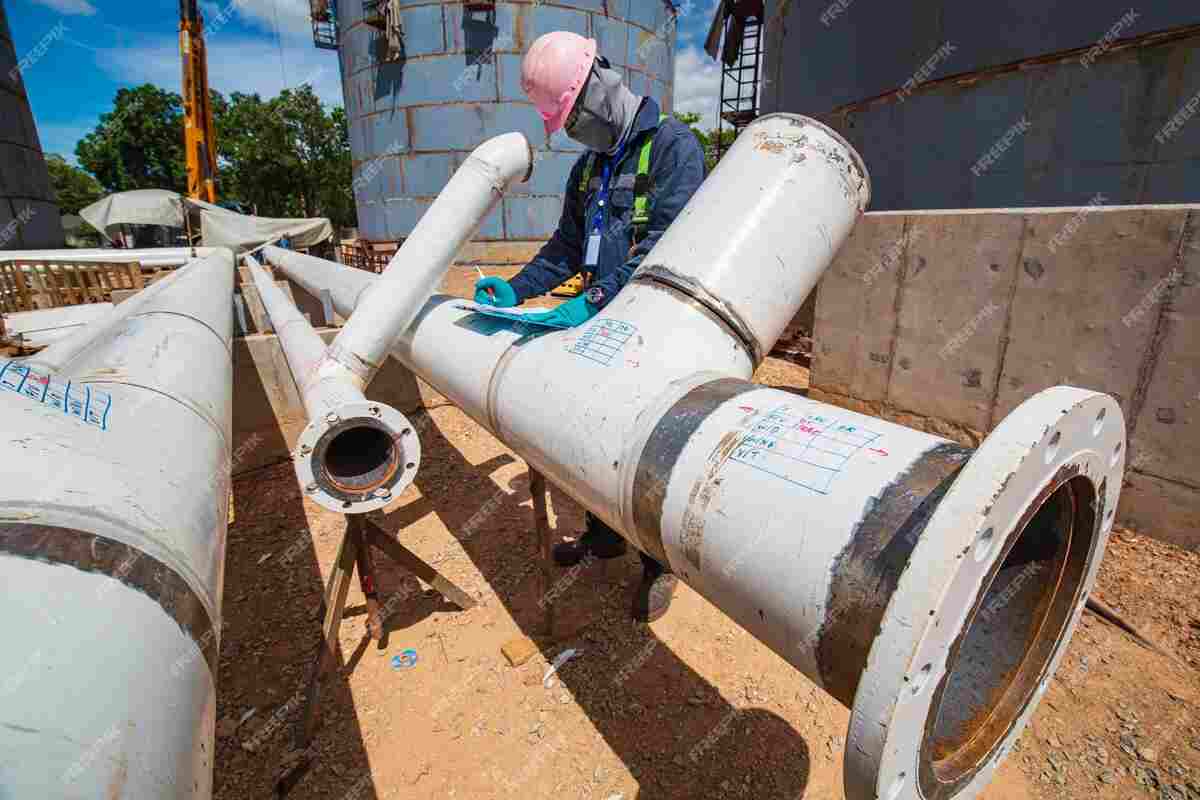OIL & GAS
UH develops a revolutionary method for detecting elbow erosion in pipelines

Pipeline elbow erosion can cause significant damage to pipeline systems, leading to bursting, piercing, economic losses, environmental pollution, and safety issues. However, traditional detection methods require constant-contact sensors, which can be limiting. To revolutionize pipeline maintenance practices, a team of engineers at the University of Houston has developed a novel approach that combines percussion, variational mode decomposition (VMD), and deep learning to detect pipeline elbow erosion.
The team led by Gangbing Song has developed a low-cost, easy-to-implement method that eliminates the need for professional operators. The method uses percussion to produce a sound that is analyzed using VMD. The sound is then broken down into seven different components, which are subjected to deep learning techniques like multi-rocket to identify and select the most significant or representative component from the original sound.
The research team tested the method on three pipeline elbows with similar structures and dimensions. In the first case study, the method achieved an accuracy of around 100% across six erosion levels, while in the second case study, it outperformed other methods with an accuracy greater than 90%.
The proposed method offers several advantages over traditional detection methods, such as reducing costs, simplifying implementation, and increasing accessibility to pipeline maintenance teams. It is highly effective in accurately classifying data, showcasing its potential to revolutionize pipeline maintenance practices.
The research team, led by Gangbing Song, has filed a patent for their invention titled "Detecting Elbow Erosion by Percussion Method with Machine Learning." This patent demonstrates the unique nature of the method and the potential commercial applications it may have in the future. By combining percussion, VMD, and deep learning, the method has paved the way for advancements in pipeline maintenance and integrity assessment.
Pipeline elbow erosion poses a significant threat to the health and safety of pipeline systems. The engineering research team at the University of Houston has developed a pioneering method that uses percussion, VMD, and deep learning to detect pipeline elbow erosion. This revolutionary approach has proven to be highly effective, low-cost, and easy to use, making it an ideal solution for pipeline maintenance teams. The team has filed a patent for this method, which has promising results and may transform the way pipeline elbow erosion is detected and addressed, ensuring the longevity and safety of pipeline systems.
